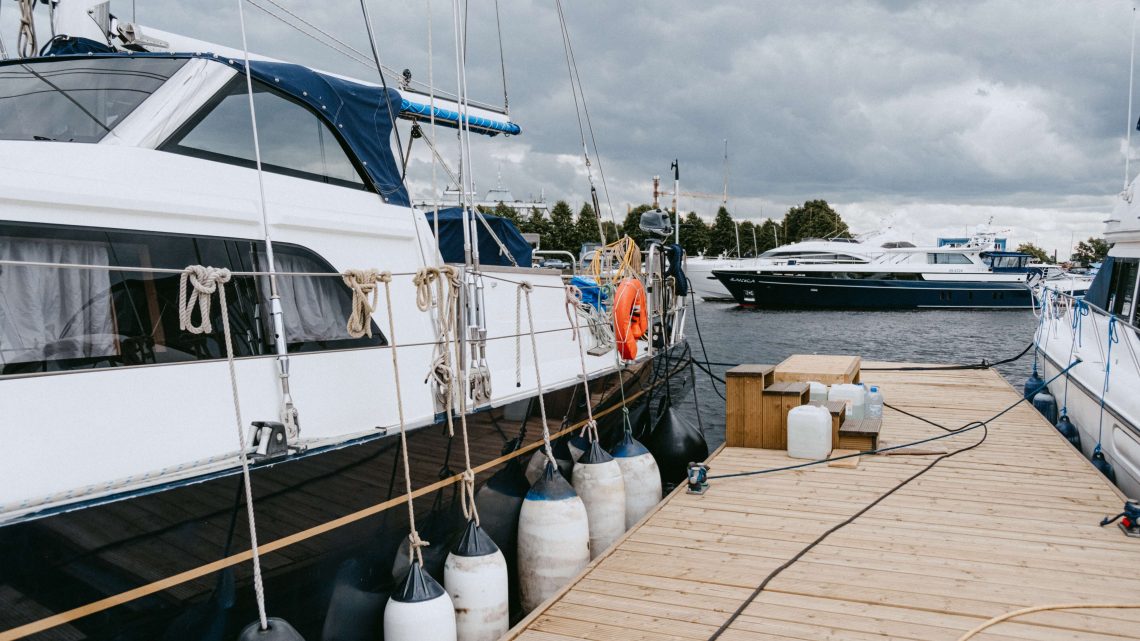In areas with an abundance of lakes, rivers, and ponds, spending a day on the water can be a refreshing experience for you and your loved ones. For many American families, recreational boating is a beloved tradition. There are few things quite as satisfying as enjoying the cool water on a hot summer’s day or spending an afternoon flyfishing with friends. To ensure that you have a safe and enjoyable time on the water, I’ve put together a list of some common hazards to avoid.
1. Dams
While boating, you must be particularly careful to steer clear of dams. Failure to do so can end in tragedy, particularly for inexperienced boat operators. Unpredictable or powerful currents around the structure can cause a boat to go through or over a dam, even if the operator attempts to fight the current. The area directly below a dam is also dangerous, due to turbulent water and strong currents.
Before launching your boat, make sure that you or your vessel’s operator are aware of all dams in your vicinity. If you’re unsure whether there are any dams on the waterway, verify with the local authorities before entering the water. Should you find yourself dangerously close to a dam, immediately deploy your vessel’s anchor and seek assistance.
2. Submerged Objects
Although the hull of a boat may seem to be near-impervious, submerged rocks, floating logs, and other debris can cause catastrophic damage. Striking an underwater object with substantial force can cause expensive damage to the boat’s hull or motor, while also putting the passengers onboard at considerable risk. The water level in any given waterway can change drastically, due to conditions such as storms, drought, or tides. Exercise due caution by maintaining a safe travelling speed and keeping a lookout for submerged objects or changing water depth. A fathometer or depth finder can keep you aware of the water’s depth.
3. Dangerous Currents
From the shore, it’s easy to think that a lake’s surface is entirely placid. Once you get on the water in your boat, you may quickly find that appearances are deceiving. Currents can be unexpectedly powerful and hard to detect, and even a moderate current is capable of exerting a force of several tons. If you’re venturing into a current, you must stay within your vessel’s capabilities, particularly when on an unmotorized boat. When in choppy or strong water, make sure that you and other passengers are wearing a life vest. If you fall off your boat, it can be difficult or impossible to fight against a strong current. A life vest will help you keep your head above water.
4. Cold Water
Particularly during the winter months, lakes can be extremely cold. If you find yourself unexpectedly exposed to the frigid water, you may be at risk of life-threatening cardiac arrest, hypothermia, pneumonia, or shock. When boating in cold weather, the National Weather Service recommends that everyone onboard should wear a life vest. Should you fall into the water, you may not have the strength to put on your life vest or hold onto an overturned boat.
Should someone on your vessel go into the water, attempt to safely get them back onto the boat as quickly as safely possible. Replace their wet clothing with dry, warm clothes. Do not give them caffeine or alcohol. If the victim is unresponsive or unconscious, take them to a medical facility immediately.
5. Hazardous Weather
Being caught in the open during a storm can be a terrifying experience. To reduce the risk of such an experience, check the weather the night before and the morning of your expedition. It’s better to postpone your trip than expose yourself to unnecessary risk, particularly if your group of boaters is inexperienced. While on the water, stay alert to signs of an oncoming storm. These may include:
- Dark clouds gathering on the horizon
- A sharp drop in temperature
- Static on the radio
- A drop in barometric pressure
- Significantly stronger wind
6. Sunburns & Dehydration
You may think of sunburns as nothing more than a minor irritation, but they have the potential to cause deadly problems for you or your fellow boaters. Exposure to heat and dehydration can lead to a condition known as heatstroke. Heatstroke is caused by overheating and can cause damage to your heart, brain, kidneys, and muscles. When untreated, heatstroke can lead to serious complications or death.
To reduce the risk of heatstroke or a milder case of heat exhaustion, make sure to stay hydrated and try to avoid direct sun exposure as much as possible. If your boat has a canopy or covered area, use it to keep yourself from overheating. Be sure to apply sunscreen with a sun protection factor (SPF) of at least 30 regularly.
7. Alcohol
Alcohol is a leading factor in many open-water injuries and incidents. Alcohol influences the boat operator’s judgement, reflexes, and coordination. It can also make the drinker colder because alcohol dilates blood vessels. If someone falls into the water and drinks alcohol afterwards, this can negatively impact their well-being.
Enjoy a Safe Open-Water Experience
I hope that this guide helps you enjoy a fun, action-filled adventure on your local lake. Remember to pack plenty of drinkable water, bring a life vest for all voyagers, and keep an eye out for changing weather conditions!




No Comment